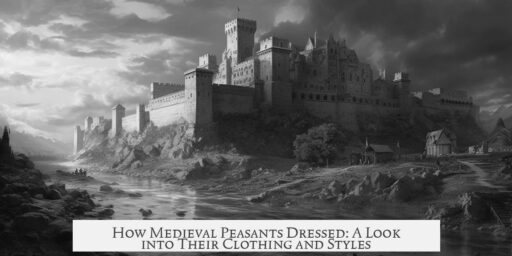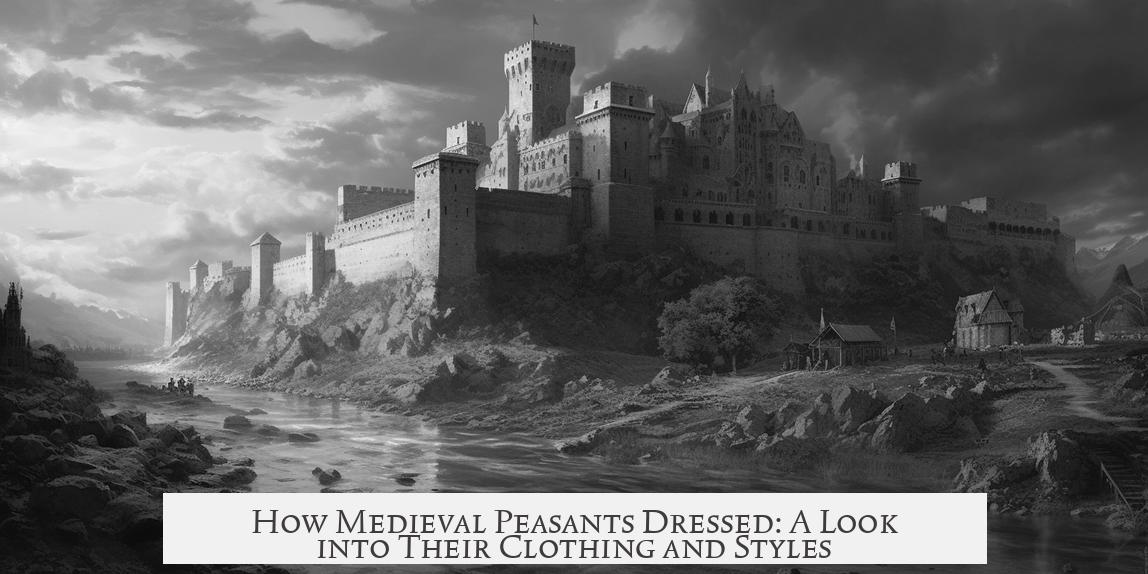Medieval peasants dressed in practical, well-tailored garments suited to their physical work and environment, contradicting the common myth of ragged sacks. Their clothing reflected a sophisticated understanding of tailoring, featuring layers of linen and wool in various colors and patterns.
During the 14th and 15th centuries in Western Europe, peasants wore clothes designed for comfort and mobility. They used linen for undergarments, chosen for its contact with skin due to breathability and ease of cleaning. Outer layers consisted mainly of wool, which provided warmth and durability.
Tailoring was careful and deliberate. The idea of peasants draping themselves in plain, coarse burlap is false. Instead, clothing was shaped with skill, transforming flat fabric into three-dimensional garments. This precision allowed for loose-fitting but functional attire that followed the general fashion silhouette of the period.
Colors were more varied than often assumed. Peasants could access plant- and mineral-based dyes, resulting in a spectrum of colors including plaids and twills. Expensive dyes like indigo and kermes remained out of reach, yet their garments were not limited to dull, earth tones as popular media suggests. Archaeological evidence, though often dulled by time, and illuminated manuscripts demonstrate a range of colorful attire even among commoners.
The practical needs of peasants influenced fit and style. Unlike the elite who wore tight, restrictive clothing, peasants favored looser versions that allowed ease of movement for manual labor such as haymaking and sheep shearing. Artistic sources like the Très Riches Heures du Duc de Berry depict peasants in neat, intact outfits, highlighting that their attire was serviceable and well-maintained.
In conclusion:
- Peasants wore layered linen and wool garments with dyed colors, not just plain, crude fabrics.
- Tailoring was sophisticated, producing well-fitted but loose clothing suitable for work.
- Art and manuscripts show peasants in practical, colorful, and intact outfits.
- Common stereotypes of rags and burlap sacks are historically inaccurate.




